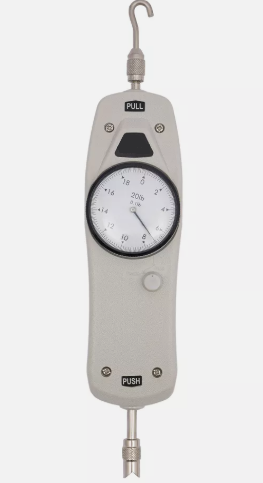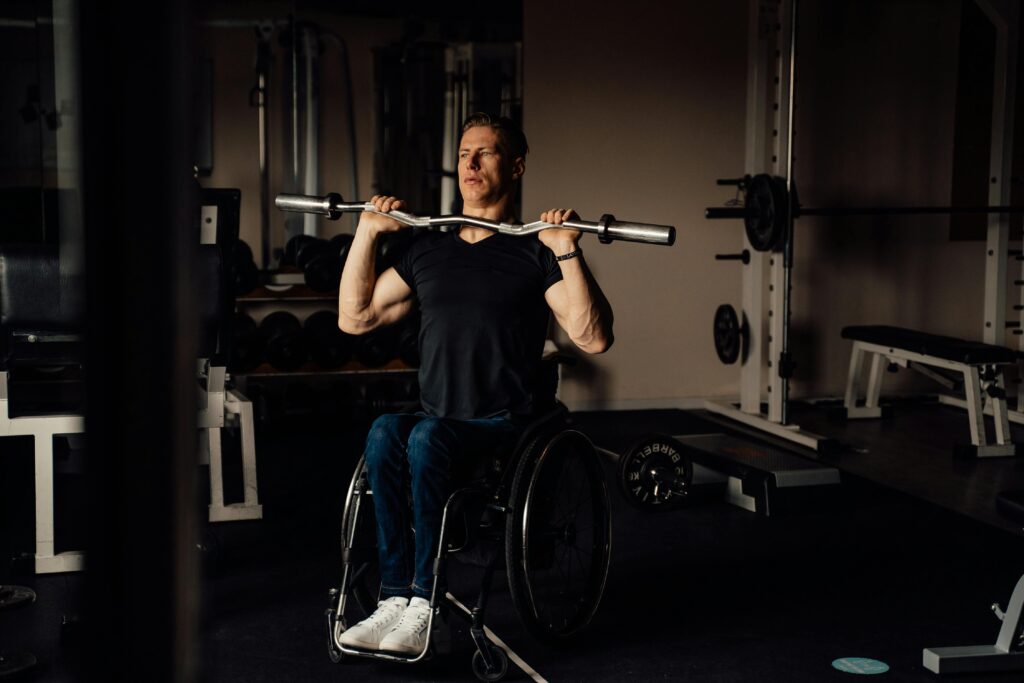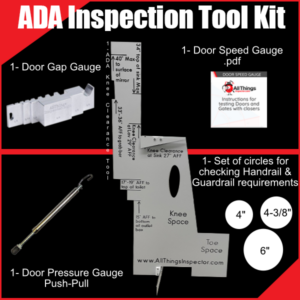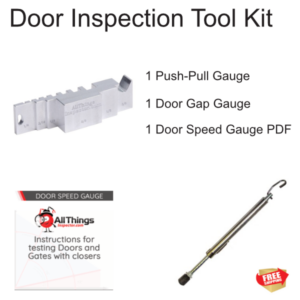

Gyms are a public space that attracts all kinds of people regardless of their physical abilities. However, most gyms tend to overlook an important part of accessibility which is the sinks in their restrooms, locker rooms and workout areas. A poorly designed sink can be inaccessible for people with disabilities, making it difficult to carry out basic hygiene tasks like washing hands or filling a water bottle after an excruciating workout session.
This article will discuss more on how you can ensure ada sink clearance and make the sinks in your gym accessible as a gym owner. Continue reading to learn more:
Height is a common barrier in gym sinks. Many sinks are mounted too high, making it difficult or even impossible for wheelchair users to reach comfortably. To improve accessibility, you should install sinks that comply with ADA (Americans with Disabilities Act) guidelines, which recommend a height of no more than 34 inches from the floor. Also, the area beneath the sink should be clear to allow wheelchair users to move in closer without obstruction.
Faucets with twist knobs or tight levers can be difficult for people with limited strength. Touchless or sensor-activated faucets make a huge difference. They eliminate the need for gripping and twisting which makes handwashing after a workout session easy for people with conditions affecting hand movement.
Accessibility isn’t just about the sink itself; it’s also about the space around it. There should be at least 30 inches by 48 inches of clear floor space around each sink in your gym to allow users to manoeuvre their wheelchairs or mobility devices around the sink. Also, soap dispensers, paper towel holders and hand dryers should be placed at a reachable height range (no higher than 48 inches) so that everyone can use them independently.
If your gym has designated accessible sinks, make sure they’re easy to find. There should be clear and bright signage that directs gym members to these areas; this helps those who need accessible features locate them easily.
An accessible sink is only useful if it works. Carrying out routine maintenance checks is necessary to ensure that faucets, soap dispensers and hand dryers are working properly. As a gym owner, you should also seek feedback from members with disabilities to identify any issues that might not be immediately obvious.
Improving sink accessibility in your gym creates an environment where everyone feels accommodated and included. Installing sinks at the appropriate height allows people with disabilities to assess the sinks comfortably and seamlessly. After all, fitness is for everyone, so should accessibility be too.



Measuring door pressure is acting in compliance with building regulations, like the Americans with Disabilities Act (ADA). It’s an important step in ensuring accessibility, safety

When talking about building safety, the first things that come to mind are fire alarms, emergency exits and security systems. Meanwhile, the one tool that